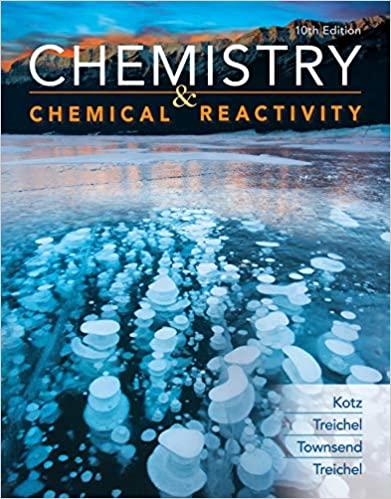Suppose you have 1000 blocks, each of which is 1.0 cm on a side. If all 1000
Question:
Suppose you have 1000 blocks, each of which is 1.0 cm on a side. If all 1000 of these blocks are stacked to give a cube that is 10. cm on a side, what fraction of the 1000 blocks have at least one surface on the outside surface of the cube? Next, divide the 1000 blocks into eight equal piles of blocks and form them into eight cubes, 5.0 cm on a side. What fraction of the blocks now have at least one surface on the outside of the cubes? How does this mathematical model pertain to Study Question 91?
Data given in Question 91
Hydrogenation reactions, processes wherein H2 is added to a molecule, are usually catalyzed. An excellent catalyst is a very finely divided metal suspended in the reaction solvent. Explain why finely divided rhodium, for example, is a much more efficient catalyst than a small block of the metal.
Step by Step Answer:

Chemistry And Chemical Reactivity
ISBN: 9780357001172
10th Edition
Authors: John C. Kotz, Paul M. Treichel, John Townsend, David Treichel





